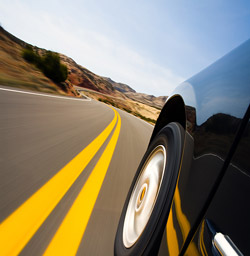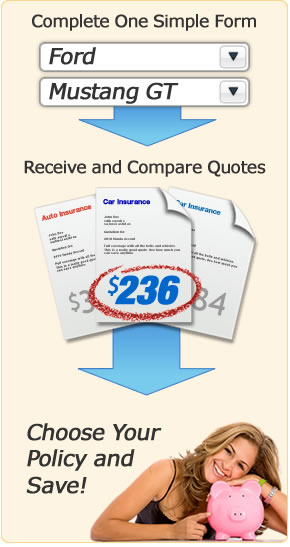
Tightwads Guide to Insuring a Jeep Wrangler
If comparing car insurance was easy, most of us would do it more often. But in reality, the cost for insurance always seems too high and most people would prefer to get a root canal. Insuring your Jeep Wrangler is probably no exception.
Step One: Compare Multiple Rates
The old way of buying car insurance was to make multiple trips to various local agents and get strong armed into a policy that didn't necessarily fit you. Life has gotten easier!
The first step to finding lower Jeep Wrangler rates is to get quotes from all the major car insurance companies. This is fast and easy and only requires you to complete one form.
To start, click the link below to begin entering your information. After you complete the form, you will receive comparison rates from different companies so you easily determine if you can save money.
Quoting Tip! The only way to compare rates from multiple companies is to use identical coverage amounts and deductibles on each quote. If you use different limits on quotes, you cannot accurately determine which company has the best rates for your Wrangler.
Step Two: Top Ways to Get Lower Wrangler Insurance
After completing step one above, you can now learn some of the other ways to slash your Wrangler insurance costs.
- Do you keep your credit rating in good shape? If you do, you will get a better rate than if you let your credit score slide. Check your credit score regularly to make sure there are few blemishes on your record.
- Speeding and other minor violations can impact your car insurance rates for up to three years. The increased cost can easily exceed the fine and court costs for the original ticket.
- An SUV like the Wrangler is not the cheapest vehicle to insure due to the larger size and increased power requirements.
- Bundling your auto and home insurance with the same company can often get you a discount, and just being a homeowner in itself will get you a lower rate.
- Car insurance rates for a teen driver on a Jeep Wrangler will be expensive no matter what kind of coverage you have. But if you don't need comprehensive and collision, consider dropping those to save money.
- Do not allow your current car insurance coverage to lapse or expire. Insurance companies have a simple way to find out when your last policy ended (called a CLUE report), and if you went without coverage for any length of time you may pay more for coverage.
- If you have tended to file small claims with your car insurance company in the past, you're most likely going to pay higher premiums in the future. Consider paying minor claims out-of-pocket instead of blemishing your claim history.
- If your city or county offers a driver's safety course, find out if your insurance company will give you a discount to complete it. It could save you up to 10%.
- The less chance of injury to passengers in an accident means lower insurance rates. Vehicles with safety features like side-impact airbags, head injury protection, antilock bracks and traction control generally will be cheaper to insure.
- If you're over the age of 55, check to see if you qualify for a senior citizen discount. Qualification age may vary by company
- Insurance companies pay attention to which vehicles are stolen the most, so if your car is frequently targeted by thieves, chances are good you will pay more for insurance if you live in certain parts of the country.
- One of the easiest ways to cut your rates is to increase your comprehensive and collision deductibles. By having a higher deductible like $500 or even $1,000, you can save 30% or more on physical damage coverage.

Step Three: Choose a Company and Bind Coverage
Buying a new car insurance policy is just a matter of finalizing your application form and submitting it with your down payment. Once payment has been accepted, coverage is bound the effective date shown on your application.
The key thing to keep in mind when buying a new policy is you do not want your old policy to lapse. Make sure the effective date of the new policy is on or before the expiration date of your current policy.
When buying a new vehicle, coverage will extend from your existing policy. But if you don't have a car insurance policy, you will want to make sure you have coverage BEFORE you drive off the lot. Your existing car insurance policy will give you some coverage if you buy a new or used Wrangler, but unless you are already paying for full coverage, you won't have it until you add the vehicle to your policy.
Upon completion of buying your policy, you need to print out the financial responsibility card that must be kept in your vehicle at all times. Replace any old cards and promptly replace expired cards. Depending on your state's statutes, you may be required to file an SR-22 form if you've been convicted of an uninsured accident, DUI or license suspension. Make sure your new company is aware of this requirement and files it promptly.
More Educational Resources
To read more about topics such as how to file a claim, replacement auto parts and mistakes to avoid, visit the Insurance Information Institute website.

